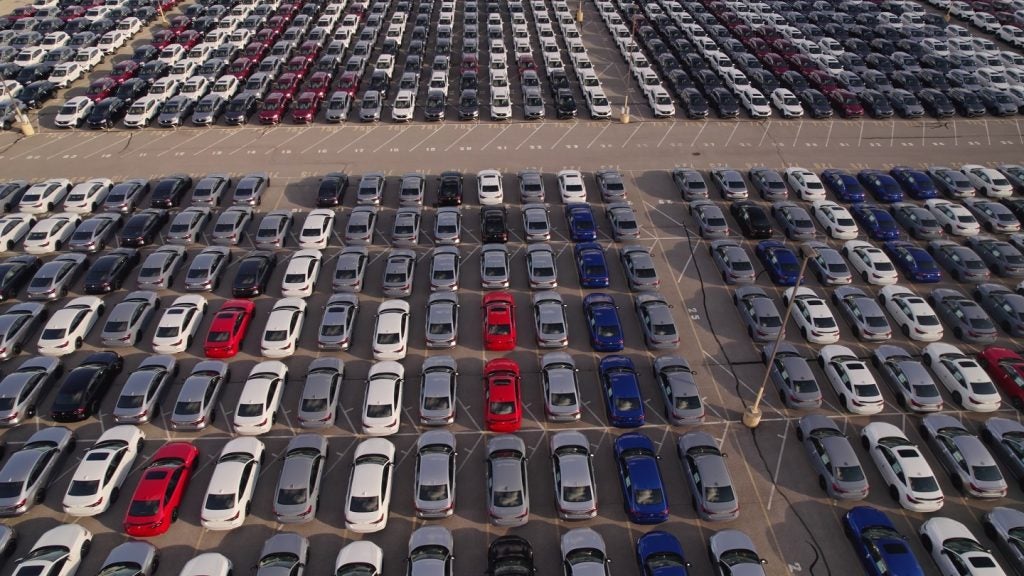
Prime lenders are beginning to lower their risk scores says Louise Haines which means the non-prime and subprime lenders are having to take on higher risk to protect their market share
We have noted a change in prime lenders – they are now writing deeper, which as a result means non-prime and subprime lenders are also having to.
2014 has seen a continuation of the last two quarters of 2013 where prime lenders in motor finance such as Barclays Partner Finance, Santander and Black Horse are beginning to lower their risk scores in certain areas to gain market share.
Creditplus has seen an increase of more than 7% on acceptance rates from applications compared with the same period the previous year. This starts to prove that the prime lenders are starting to consider loan cases that previously would have been outside their loan criteria.
This in turn means that the non-prime lenders and subprime lenders need to start having a look at lending to consumers that they would have previously rejected.
The knock-on effect means customers we once would have struggled to help at the prime rates they desired are now being accepted. In turn, the non-prime lenders have to reduce their criteria and loan to consumers with slightly higher risk, because they can’t compete with the prime rates.
How well do you really know your competitors?
Access the most comprehensive Company Profiles on the market, powered by GlobalData. Save hours of research. Gain competitive edge.

Thank you!
Your download email will arrive shortly
Not ready to buy yet? Download a free sample
We are confident about the unique quality of our Company Profiles. However, we want you to make the most beneficial decision for your business, so we offer a free sample that you can download by submitting the below form
By GlobalDataBetter finance rates
With liquidity clearly back in the car finance marketplace we are starting to see a trend where consumers with small amounts of adverse credit history are securing better finance rates with lenders who last year would have declined their application.
This has a knock-on effect in our market where the non-prime and subprime lenders will have to shift their lending criteria to ensure they have a large enough market share.
This means subprime lenders get squeezed as they are already lending to the consumers with the highest risk and are unlikely to want to reduce their levels, but are facing more competition from the non-prime lenders who are starting to enter their lending space.
With Barclays clearly intending to review and lower their risk profiles this month, Santander and Black Horse are likely to follow suit as the competition between lenders heats up.
As a result of the global recession, there has been a noted change in consumer
behaviour. We are now seeing consumers make more of a commitment to paying back their car loans, and with improved bad debt and arrears all lenders have seen their loan books perform well within the provisions set, thus allowing them to review the credit profiling on new business.
The average bad debt in prime lending remains between 1-2%, while in non-prime most loan books are performing under 5% for bad debt.
The tightening of credit over the last few years and the change in consumer’s attitudes to sticking with their loan agreements has clearly had a positive impact on the industry as a whole.
However, with prime lenders reducing their risk profiles and writing deeper to capture more market share, how do the non-prime lenders react?
Trial programme
In the second half of 2013, a key lender in the non-prime sector released a trial programme with a further tier of underwriting to look at providing credit deeper into non prime market.
While it’s still early days, the trial has proved to be a success and the programme is potentially going to be rolled out to a wider dealer and broker network later this year.
Since this first venture by the aforementioned non-prime lender proved to be a success, other non-prime lenders have also reviewed their underwriting criteria resulting in underwriting deeper to accrue business due to their costs of funds.
Here at Creditplus, we have already seen a 2% increase in loan acceptance rates from non-prime lenders and we expect this to increase.
So what are the biggest changes to non-prime lenders in all of this?
The biggest changes in the non-prime lending space will be the decision to provide credit direct to consumers and rely less on brokers and dealers.
With several lenders now using comparison websites and direct consumer distribution channels, non-prime lenders have clearly had to expand their customer acquisition model to support their broker and dealer channels.
By offering their service directly to consumers, non-prime lenders may elicit a reaction from their current customer acquisition partners in the broker and dealer communities.
No doubt these broker and dealer communities will look to establish exclusive relationships with the non-prime lenders in order to maintain their business with them, otherwise they will need to look for new ways to offer their non-prime customers the most competitive rates.
The future is bright for 2014
Here at Creditplus we have high hopes for 2014.
It might be the first year we see non-prime lenders look at different finance products such as lease purchase or a deferred balloon product that offers lower monthly payments, once again highlighting that liquidity has returned to the market.
Louise Haines is digital marketing executive at Creditplus







